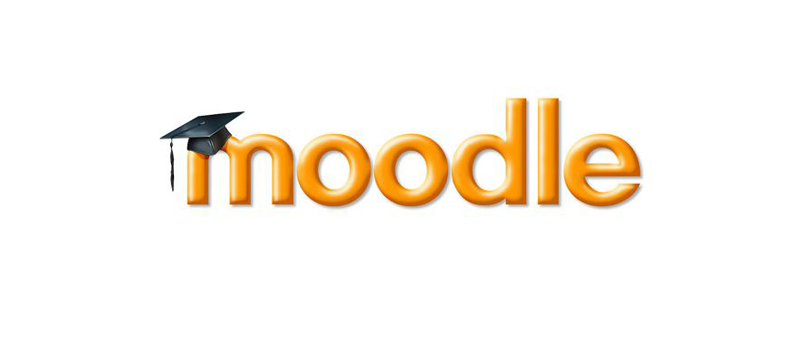3 Promoting learning with instant feedback
The importance of feedback for learning has been highlighted by a number of authors, emphasising its role in fostering meaningful interaction between student and instructional materials (Buchanan, 2000), its contribution to student development and retention (Yorke, 2001), but also its time-consuming nature for many academic staff (Gibbs, 2006). In distance education, where students work remotely from both peers and tutors, the practicalities of providing rapid, detailed and regular feedback on performance are vital issues.
Gibbs and Simpson suggest eleven conditions in which assessment supports student learning (Gibbs and Simpson 2004).
- Assessed tasks capture sufficient study time and effort.
- These tasks distribute student effort evenly across topics and weeks.
- These tasks engage students in productive learning activity.
- Assessment communicates clear and high expectations to students.
- Sufficient feedback is provided, both often enough and in enough detail.
- The feedback is provided quickly enough to be useful to students.
- Feedback focuses on learning rather than on marks or students themselves.
- Feedback is linked to the purpose of the assignment and to criteria.
- Feedback is understandable to students, given their sophistication.
- Feedback is received by students and attended to.
- Feedback is acted upon by students to improve their work or learning.
Four of these conditions, those in italics, are particularly apposite with regard to the use of eAssessment within distance education. They are reflected in the design of OpenMark and are amplified in the rationale behind the development of the S151: Maths for Science, online assessments (Ross, Jordan and Butcher, 2006) where:
- The assessment questions provide individualised, targeted feedback, with the aim of helping students to get to the correct answer even if their first attempt is wrong.
- The feedback appears immediately in response to a submitted answer, such that the question and the student's original answer are still visible.
- Students are allowed up to three attempts at each question, with an increasing amount of feedback being given after each attempt.
The Interactive with multiple tries mode in Moodle is based on the OpenMark design.
References
2 A commitment to open source software
